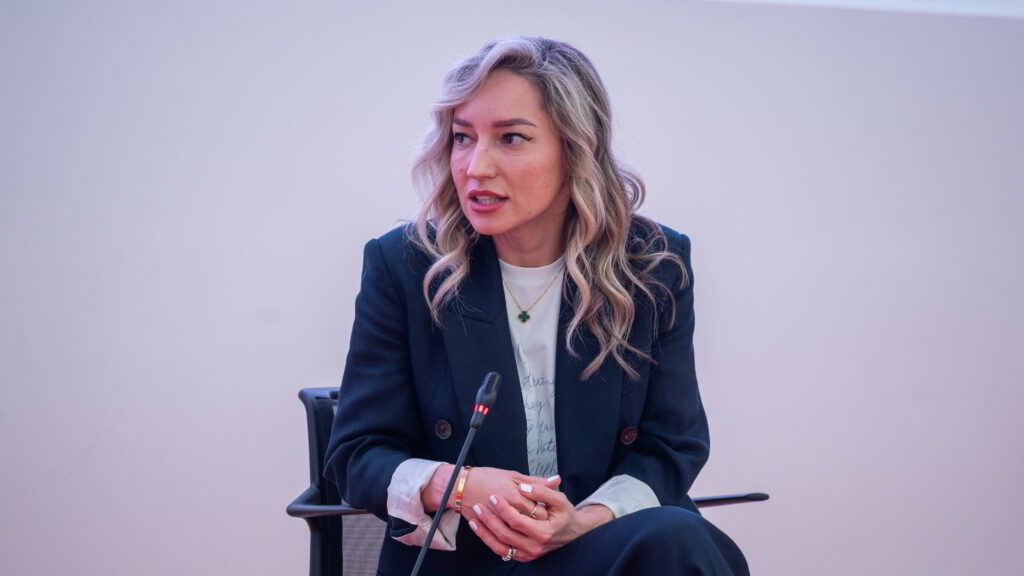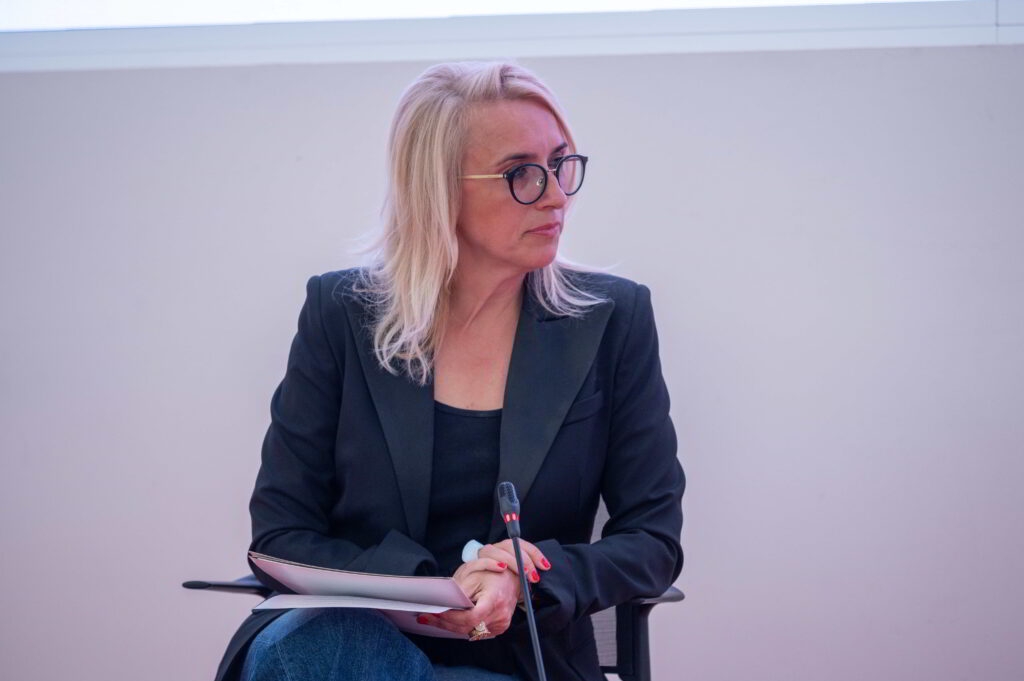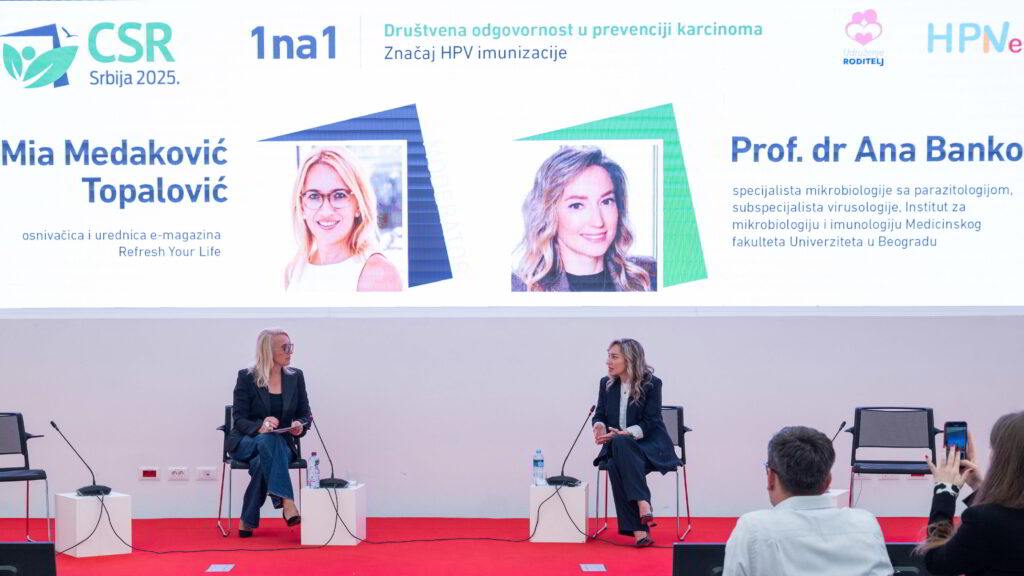How can collective action help eliminate a preventable cancer?
 At a time when healthy habits, such as nutrition, physical activity, and sleep, are increasingly part of our everyday conversations, we often overlook medically proven preventive measures that can save lives. One of the clearest examples is the prevention of cervical cancer, a rare form of cancer that can almost entirely be avoided through regular screening and immunisation against the human papillomavirus (HPV).
At a time when healthy habits, such as nutrition, physical activity, and sleep, are increasingly part of our everyday conversations, we often overlook medically proven preventive measures that can save lives. One of the clearest examples is the prevention of cervical cancer, a rare form of cancer that can almost entirely be avoided through regular screening and immunisation against the human papillomavirus (HPV).
In a conversation led by Refresh Your Life e-magazine editor Mia Medaković Topalović, virologist Dr Ana Banko from the Faculty of Medicine, University of Belgrade, discussed the reasons behind Serbia’s low HPV vaccination rate, the challenges of raising awareness, and the crucial role companies can play in this public health effort.
This discussion took place as part of a panel at the CSR Serbia 2025 conference, organised by Color Media Events.
 From Preventive Theory to Real-World Impact
From Preventive Theory to Real-World Impact
While many developed countries are making significant progress in eliminating cervical cancer, Serbia still lags behind the global targets set by the World Health Organisation: 90% HPV vaccination coverage, 70% cervical screening coverage, and 90% access to treatment for diagnosed women. In Serbia, however, only 8% of girls and boys aged 9 to 19 have received the vaccine, despite it being free and widely available for over two years. Screening coverage is also low, at around 30%.
“The vaccination programme started strong, but mostly among people who had personal experience with the disease—women who were treated, mothers who had lost daughters, fathers who had buried wives. These were people who understood the stakes,” explains Dr Banko. “What we found is that the biggest obstacle isn’t resistance—it’s lack of awareness. Most people don’t know enough about what the vaccine does or prevents.”
 The Role of Companies in Changing the Narrative
The Role of Companies in Changing the Narrative
Although sexually transmitted infections and cancer prevention can be seen as sensitive topics, the workplace can serve as a powerful platform for education.
“Take the flu vaccine, for example—many companies already recognise it as a valuable tool. During flu season, up to 70% of staff may be absent. That’s a tangible business impact,” says Dr Banko. “The HPV vaccine might not bring immediate benefits, but its long-term effects are equally important. Workplace education should be tailored to the employee profile, and should leave space for follow-up questions and confidential consultations.”
She emphasises that the most effective education campaigns are direct, clear, and provide employees with a trusted point of contact for additional information, especially in the days or weeks after initial exposure to the topic, when they’re ready to make a decision.
“The biggest obstacle isn’t resistance — it’s lack of awareness.” — Dr Ana Banko
Health as a Personal and Collective Value
“As a healthcare professional, I may be biased—but this is a matter of life,” says Dr Banko. “And anything that concerns life also concerns the company. When employees are healthy, there’s more motivation, more presence, and ultimately, more trust. Companies that engage with these issues are not just demonstrating responsibility; they are doing something significant for the people who work for them.”
Although the current numbers are sobering, the potential is excellent. With accurate information, accessible communication, and collaboration among parents, schools, healthcare providers, and employers, we can make real progress in preventing one of the most widespread—and most preventable—diseases of our time.
